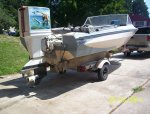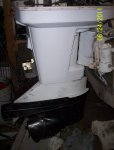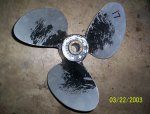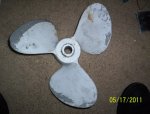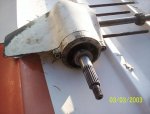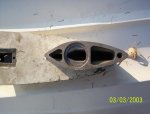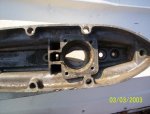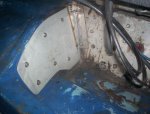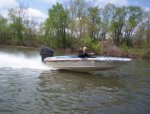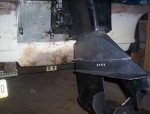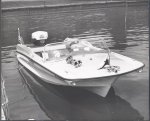Texasmark
Supreme Mariner
- Joined
- Dec 20, 2005
- Messages
- 14,902
Was just surfing the Chrysler site and noticed that Frank had a new toy, a shaved head for a triple. I noticed the size of the wedge was much smaller, indicating to me that a lot of material had been removed.
But that trigged a question and I may have heard it before, so if you choose.....
I heard that Cross Flow engines idle smoother than Loopers. Is there any truth to that, i.e. say I have 2 engines of similar capabilities, but one is one and the other the other? I know the little 40-50 hp Mercs built off the original 4 cylinder Cross Flow design were very smooth as were the 2 cylinder OMC's of yesteryear. I know the latter vibrated a lot at idle, but it had soft rubber mounts and the boat got very little if any of that.
Just curious and someone may want to use the answer in selecting their engine of choice.
Mark
But that trigged a question and I may have heard it before, so if you choose.....
I heard that Cross Flow engines idle smoother than Loopers. Is there any truth to that, i.e. say I have 2 engines of similar capabilities, but one is one and the other the other? I know the little 40-50 hp Mercs built off the original 4 cylinder Cross Flow design were very smooth as were the 2 cylinder OMC's of yesteryear. I know the latter vibrated a lot at idle, but it had soft rubber mounts and the boat got very little if any of that.
Just curious and someone may want to use the answer in selecting their engine of choice.
Mark




















